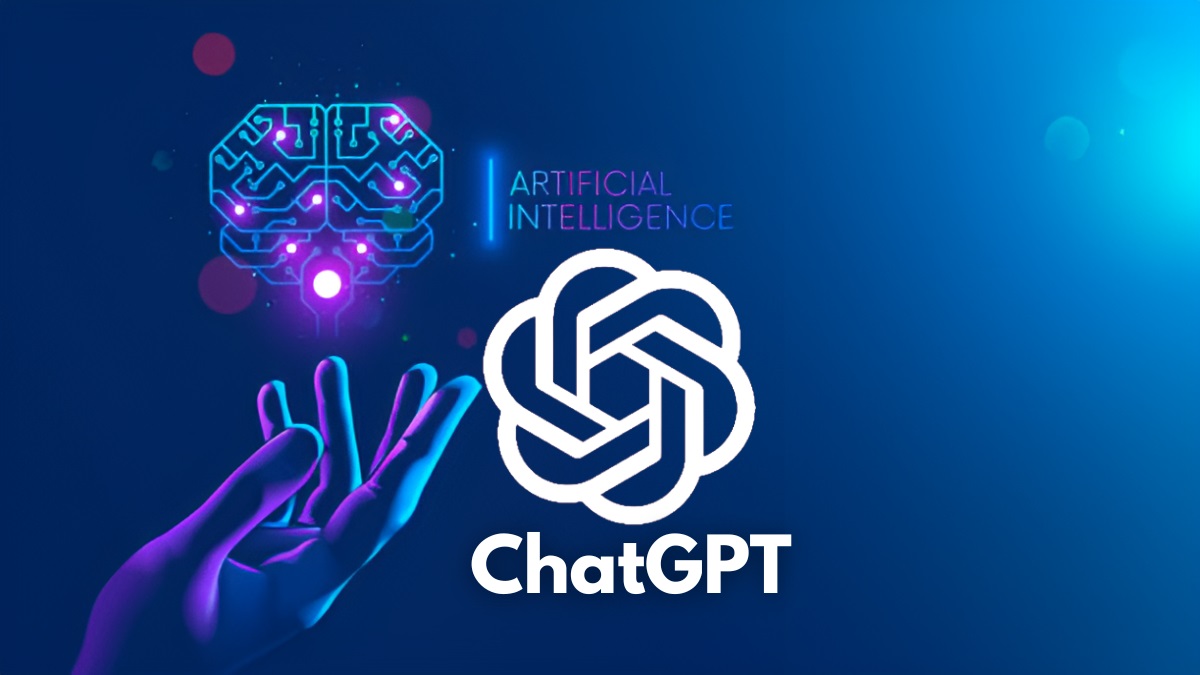ChatGPT Essentials: Understanding OpenAI's AI Revolution
Explore ChatGPT's core features, its AI foundations, and how it transforms modern communication. Discover OpenAI's vision, platform purpose, and future growth.


The Evolution of ChatGPT and Its Capabilities
From GPT to ChatGPT: A Brief History
The journey of ChatGPT begins with OpenAI's early developments in the GPT series. The evolution started with GPT (1.0), progressed through GPT-2 and GPT-3, and eventually led to GPT-3.5 and GPT-4, which powers the latest iterations of ChatGPT.
Each version represented significant advancements in language comprehension, reasoning, and contextual adaptability:
- GPT-2 introduced capabilities for generating coherent text.
- GPT-3 expanded the model size, achieving nuanced contextual responses.
- GPT-4 further refined accuracy, understanding, and multilingual support, making interactions smoother and more informative.
ChatGPT has become a cornerstone of modern AI-driven communication, showcasing unprecedented scalability and flexibility for natural language interaction. Its evolution underscores the AI field's rapid progress toward achieving general intelligence. For a comparison of ChatGPT and DeepSeek, see ChatGPT vs DeepSeek Platform Comparison.
Core Features and Innovations of ChatGPT
ChatGPT’s capabilities extend far beyond basic conversational tasks. This AI model powers a range of complex functionalities:
- Conversational AI: Delivers human-like responses, adapts to tone, and engages naturally in discussions spanning multiple topics.
- Summarization: Provides concise overviews of documents, articles, or lengthy conversations.
- Coding Assistance: Helps developers debug, generate, and optimize code through intuitive guidance.
- Creative Writing: Assists with generating creative content like stories, poetry, or marketing copy.
The underlying reason for ChatGPT’s intelligence comes from its training methodology. It leverages extensive datasets scraped from books, articles, websites, and other written sources. This diverse and massive corpus allows ChatGPT to grasp nuanced language patterns and generate coherent, context-aware responses.
Transforming Modern Communication with ChatGPT AI
Enhancing Personal and Professional Interactions
ChatGPT has redefined personal and professional communication by increasing efficiency and reducing time spent on manual tasks. Here are some notable examples of its impact:
- Businesses: ChatGPT optimizes customer interactions through automated support, generates engaging content for marketing, and streamlines team collaboration by creating meeting summaries and email drafts.
- Educators: Teachers and trainers use ChatGPT to brainstorm curriculum designs, create lesson outlines, and grade assignments with constructive feedback.
- Remote Workers: Employees rely on ChatGPT to manage workflows, schedule tasks, and handle day-to-day correspondence effectively.
For instance, a sales team augmented ChatGPT into their workflow and found a 30% improvement in response time when drafting proposals for clients. This resulted in faster deal closures and greater customer satisfaction.
Accessibility and User-Centric Design
Accessibility is a core component of ChatGPT’s design. By offering natural, user-friendly interfaces and support for multiple languages, ChatGPT makes AI communication accessible to a global audience. Personalized responses allow the model to understand and adapt to each user’s unique preferences, enabling tailored experiences across industries and demographics.
Moreover, OpenAI has prioritized inclusivity by offering a free-tier plan alongside premium services such as ChatGPT Plus, giving individuals and organizations access to this groundbreaking technology regardless of budget.
OpenAI’s Vision and the Role of ChatGPT in Future AI
OpenAI’s Commitment to Responsible AI Development
OpenAI has emphasized the development of responsible and ethical AI technologies, and ChatGPT is no exception. The model has built-in safeguards to minimize misuse, inappropriate content generation, or harmful behavior. Constant updates ensure accurate performance and alignment with evolving ethical standards.
For example, ChatGPT relies on human oversight and reinforcement learning with human feedback (RLHF) to refine outputs and reduce biases. This strategy aligns with OpenAI’s goal of fostering AI systems that prioritize safety, accessibility, and equality.
Anticipating Growth in ChatGPT AI
Future iterations of ChatGPT are expected to bring even more advanced features, improved contextual understanding, and deeper integration with other AI systems. Speculation includes the integration of real-time voice-to-text capabilities, seamless interaction with tools like spreadsheets, and API-level interoperability for developers.
These advancements could cater to emerging trends in communication, such as virtual collaborations, personalized digital assistants, and AI-influenced education. The continual evolution of ChatGPT hints at greater adaptability to real-world applications across industries.
Getting Started with ChatGPT
Accessing and Using ChatGPT on OpenAI’s Platform
Getting started with ChatGPT is simple and user-friendly. Here’s a quick guide:
- Visit OpenAI’s official website or navigate to apps leveraging ChatGPT technology.
- Sign up for a free account or explore ChatGPT Plus, which offers premium features like faster response times and priority access to new updates.
- Choose a platform interface—web-based platform, API integration, or an embedded app—to begin using ChatGPT.
ChatGPT Plus subscription provides enhanced functionality, especially for businesses and power users requiring consistent high-quality outputs during peak usage times.
Tips for Maximizing ChatGPT’s Potential
To make the most out of ChatGPT, consider the following best practices:
- Write Clear Prompts: Be specific and concise in your instructions for relevant and accurate responses. For example, instead of asking, “Explain AI,” try “Explain the differences between supervised and unsupervised learning.”
- Iterative Refinement: Break down complex tasks into smaller steps to achieve better outcomes.
- Explore Advanced Use Cases: Take advantage of its potential to automate scripts, analyze data trends, or generate creative assets such as marketing pitches.
By experimenting with prompts and features, users can unlock the full potential of ChatGPT, making it an indispensable tool for both everyday tasks and specialized projects.
ChatGPT continues to shape the future of AI-driven communication, offering tools and technologies that improve personal productivity and empower businesses. As OpenAI progresses, its mission of creating responsible AI ensures exciting developments still lie ahead. Embrace ChatGPT today and discover the transformative opportunities it brings to conversations and workflows.

